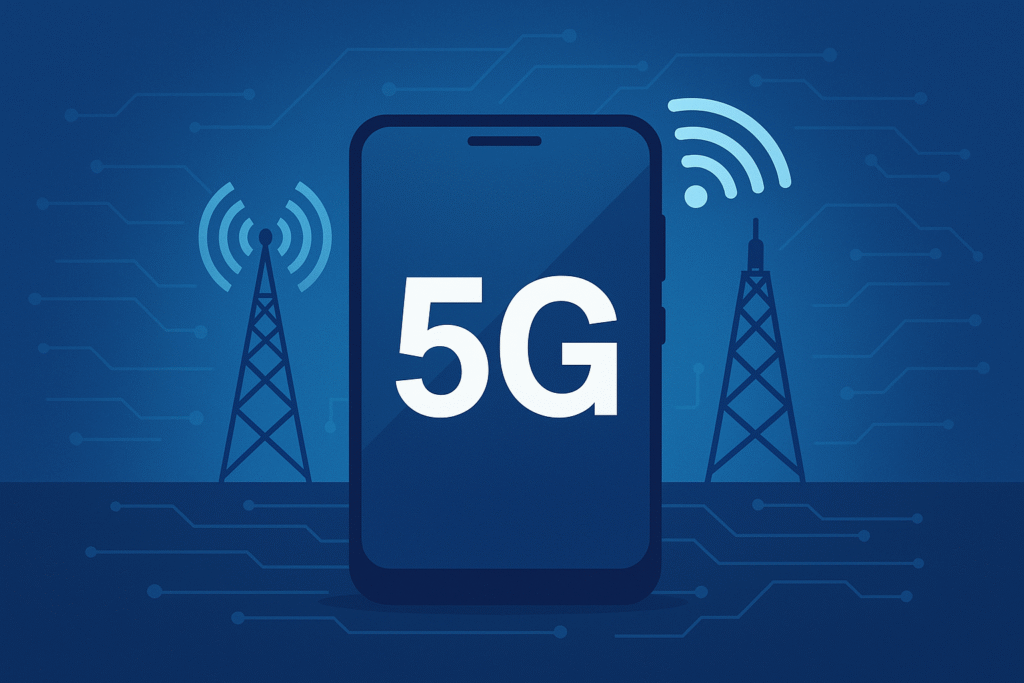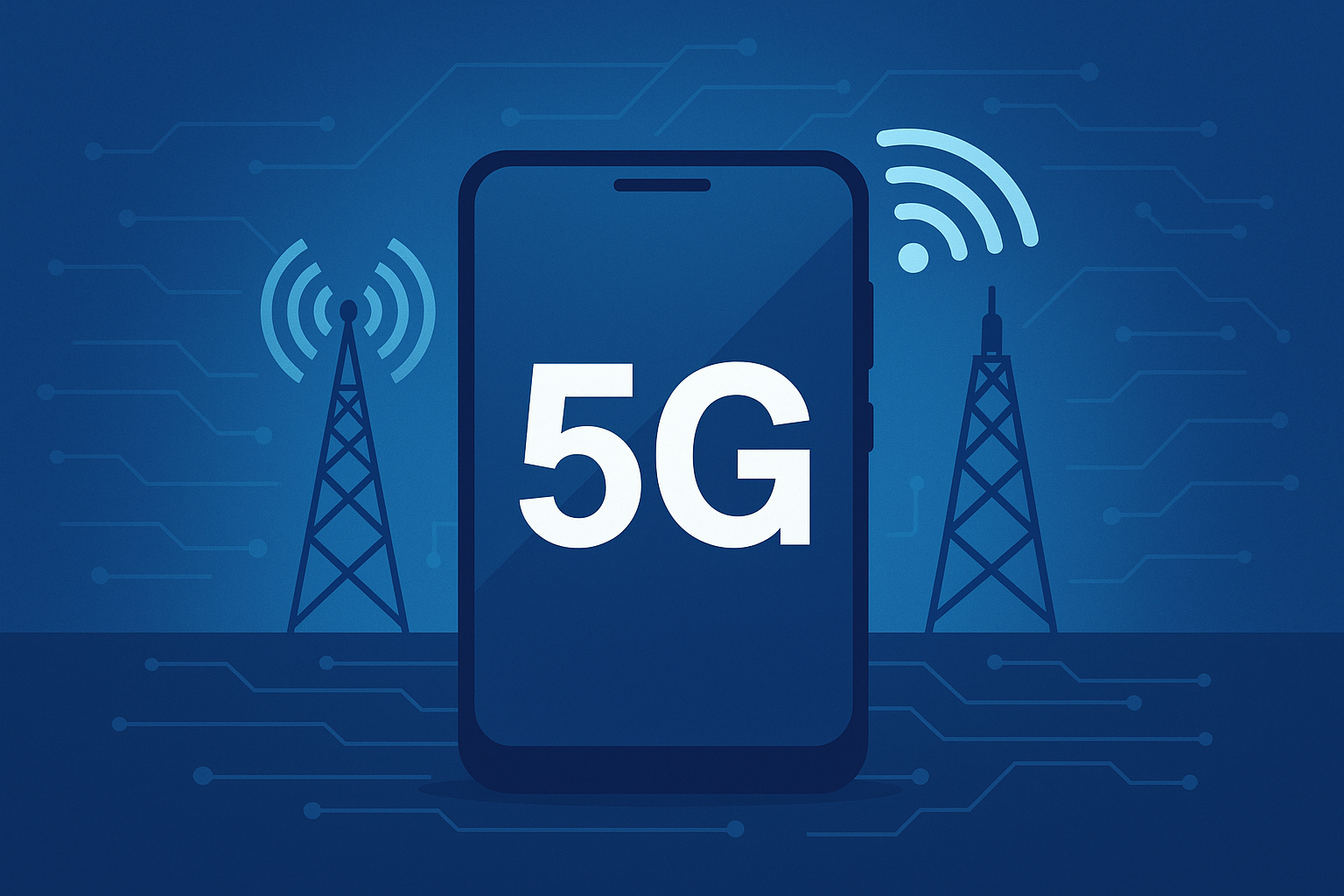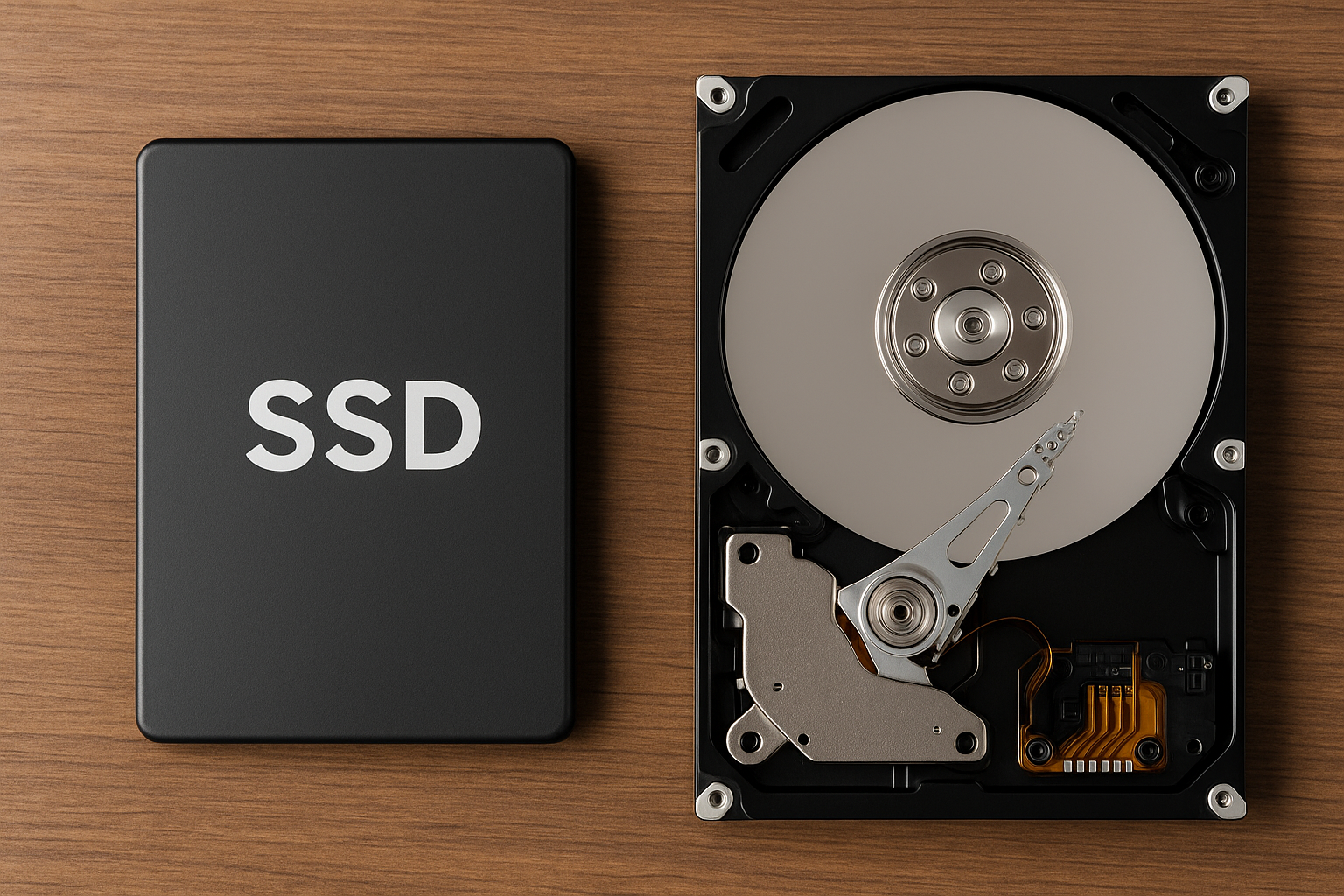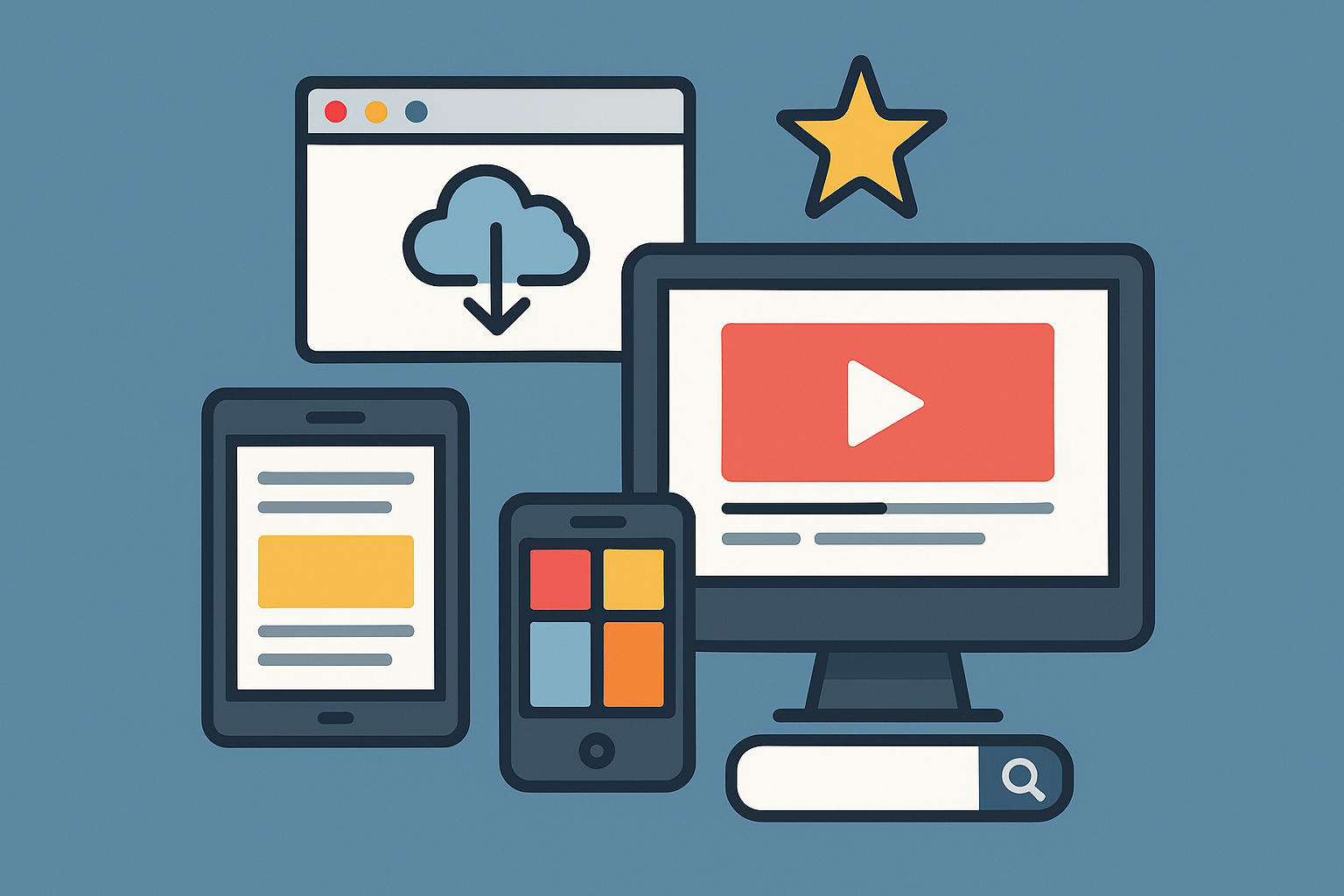In the ever-evolving world of mobile technology, 5G has become a buzzword that promises ultra-fast internet, low latency, and seamless connectivity. But what exactly is 5G? How does it work, and what makes it significantly faster than its predecessors? In this guide, we’ll break it all down in a clear, simple way—so you can understand why 5G is a game changer.
What Is 5G?
5G stands for “fifth generation,” and it’s the latest version of mobile network technology, following 1G, 2G, 3G, and 4G LTE. It was designed to significantly increase the speed and responsiveness of wireless networks.
With 5G, data is transmitted at rates that can reach up to 10 gigabits per second (Gbps)—up to 100 times faster than 4G. That kind of speed enables streaming 4K video, real-time gaming, instant downloads, and powering smart cities and connected devices.
A Quick Recap of Mobile Generations
To understand 5G better, let’s quickly recap previous generations:
- 1G (1980s): Analog voice communication
- 2G (1990s): Digital voice and SMS
- 3G (2000s): Mobile internet access
- 4G (2010s): Faster internet, streaming, HD video calls
- 5G (2020s): Lightning-fast speed, ultra-low latency, smart connectivity
The Three Types of 5G
5G operates on three types of spectrum bands, each with its own advantages:
1. Low-Band Spectrum (Sub 1 GHz)
- Wide coverage
- Slower speed (but still faster than 4G)
- Ideal for rural areas
2. Mid-Band Spectrum (1–6 GHz)
- Good balance of speed and coverage
- Most commonly used in urban areas
3. High-Band Spectrum (Millimeter Wave or mmWave)
- Extremely high speeds (up to 10 Gbps)
- Limited coverage
- Ideal for dense urban environments like stadiums, airports, or cities
How Does 5G Work?
5G uses a network of small cells—low-power base stations installed on streetlights, buildings, and other infrastructure. These small cells are essential for transmitting 5G’s high-frequency signals, which don’t travel as far as lower-frequency signals.
Here’s a simplified breakdown of the 5G process:
- Your phone connects to a nearby 5G cell tower.
- The tower transmits data using radio waves.
- The waves are picked up and converted into digital data by your device.
- Thanks to advanced antennas and beamforming, the signal stays strong and targeted.
Why Is 5G So Fast?
Several factors contribute to the speed and efficiency of 5G:
1. Wider Bandwidth
5G uses larger channels than 4G, allowing more data to pass through at once. Imagine a multi-lane highway compared to a two-lane road—more space means less congestion.
2. Higher Frequency Spectrum
Using higher frequencies (especially mmWave) allows 5G to transmit data more quickly. These frequencies were previously unused or underused in consumer technology.
3. Massive MIMO (Multiple Input, Multiple Output)
5G base stations have dozens or even hundreds of antennas. This allows multiple devices to connect simultaneously without affecting speed or performance.
4. Lower Latency
Latency is the time it takes for data to travel from your device to the server and back. 5G reduces latency to as low as 1 millisecond, which is crucial for real-time applications like remote surgeries or autonomous driving.
Benefits of 5G
The improvements that come with 5G open the door to revolutionary possibilities:
1. Blazing-Fast Downloads and Streaming
Download a full HD movie in seconds or stream 4K/8K video with zero buffering.
2. Improved Mobile Gaming
Lower latency and faster speeds mean smooth, lag-free online gaming on the go.
3. Smart Cities and IoT (Internet of Things)
From smart traffic lights to connected home devices, 5G allows thousands of devices to work together seamlessly.
4. Remote Healthcare
5G supports telemedicine, remote monitoring, and even real-time robotic surgery due to its ultra-low latency.
5. Autonomous Vehicles
Real-time communication between vehicles and infrastructure improves safety and navigation.
6. Enhanced Augmented and Virtual Reality (AR/VR)
Immersive experiences will be more responsive, realistic, and widely accessible.
Challenges and Limitations
Despite the promise, 5G also faces some challenges:
1. Limited Coverage
High-frequency 5G signals don’t travel far and struggle to penetrate walls, requiring dense infrastructure.
2. Cost of Deployment
Rolling out 5G requires installing millions of small cells, which is expensive and time-consuming.
3. Device Compatibility
You need a 5G-capable phone or device to access the network.
4. Battery Drain
Early 5G devices tend to use more power, although this is improving with new chipsets.
How to Know If You’re Using 5G
Check your smartphone’s status bar—if it shows a “5G” icon next to the signal strength indicator, you’re connected. You can also verify through:
- Your phone’s network settings
- The carrier’s app or coverage map
- Speed tests showing faster-than-4G results
Should You Upgrade to a 5G Phone?
If you’re due for a new phone and live in a city with 5G coverage, upgrading makes sense. However, if you’re in a rural area or satisfied with your current speeds, you may not need to rush. 4G LTE will continue to work for years to come.
5G and the Future
We’re only at the beginning of what 5G will make possible. As the network expands and more devices become 5G-compatible, we’ll see innovations in:
- Smart manufacturing
- Real-time cloud gaming
- Drone logistics
- Real-world AR navigation
- Holographic communications
Final Thoughts: The Future Is Now
5G isn’t just about faster internet—it’s about transforming how we live, work, and connect. From enabling life-saving healthcare to enhancing entertainment and innovation, 5G is the foundation of tomorrow’s digital world. Understanding how it works today puts you ahead of the curve.








